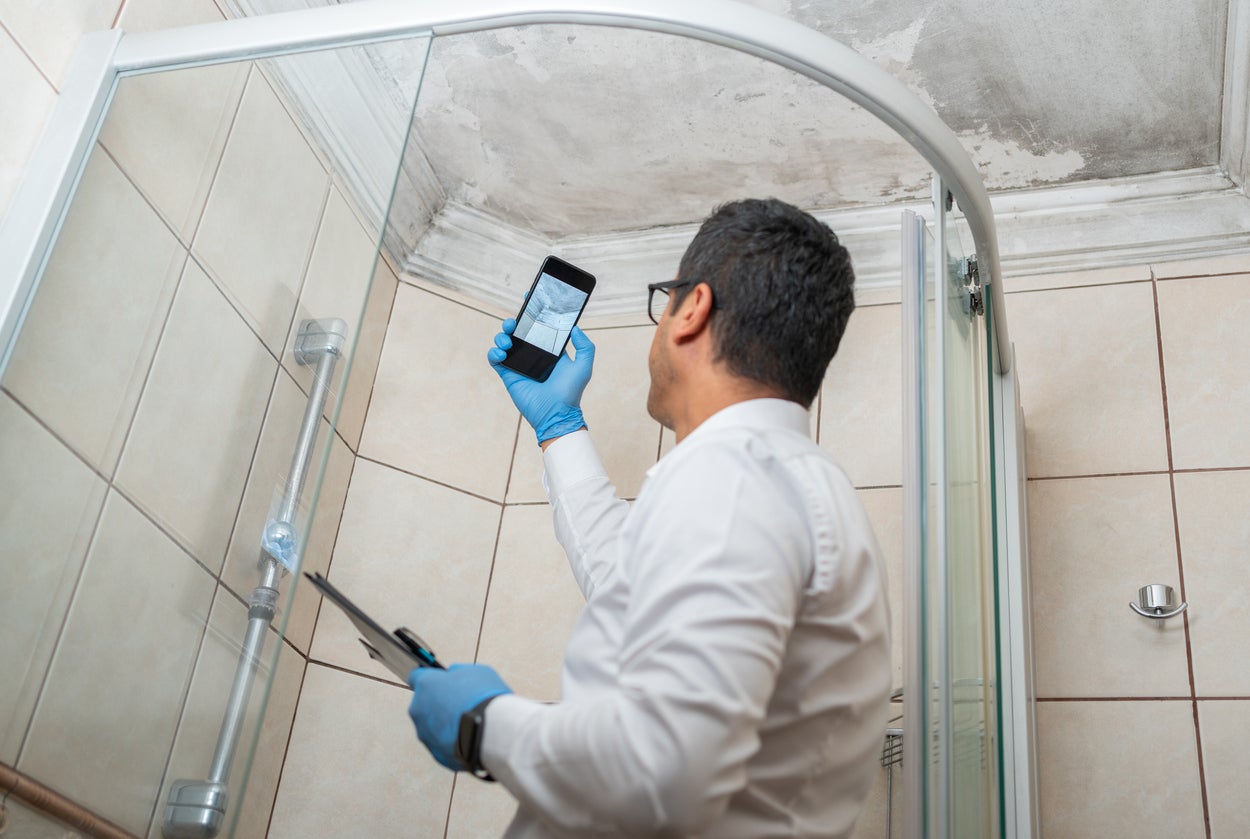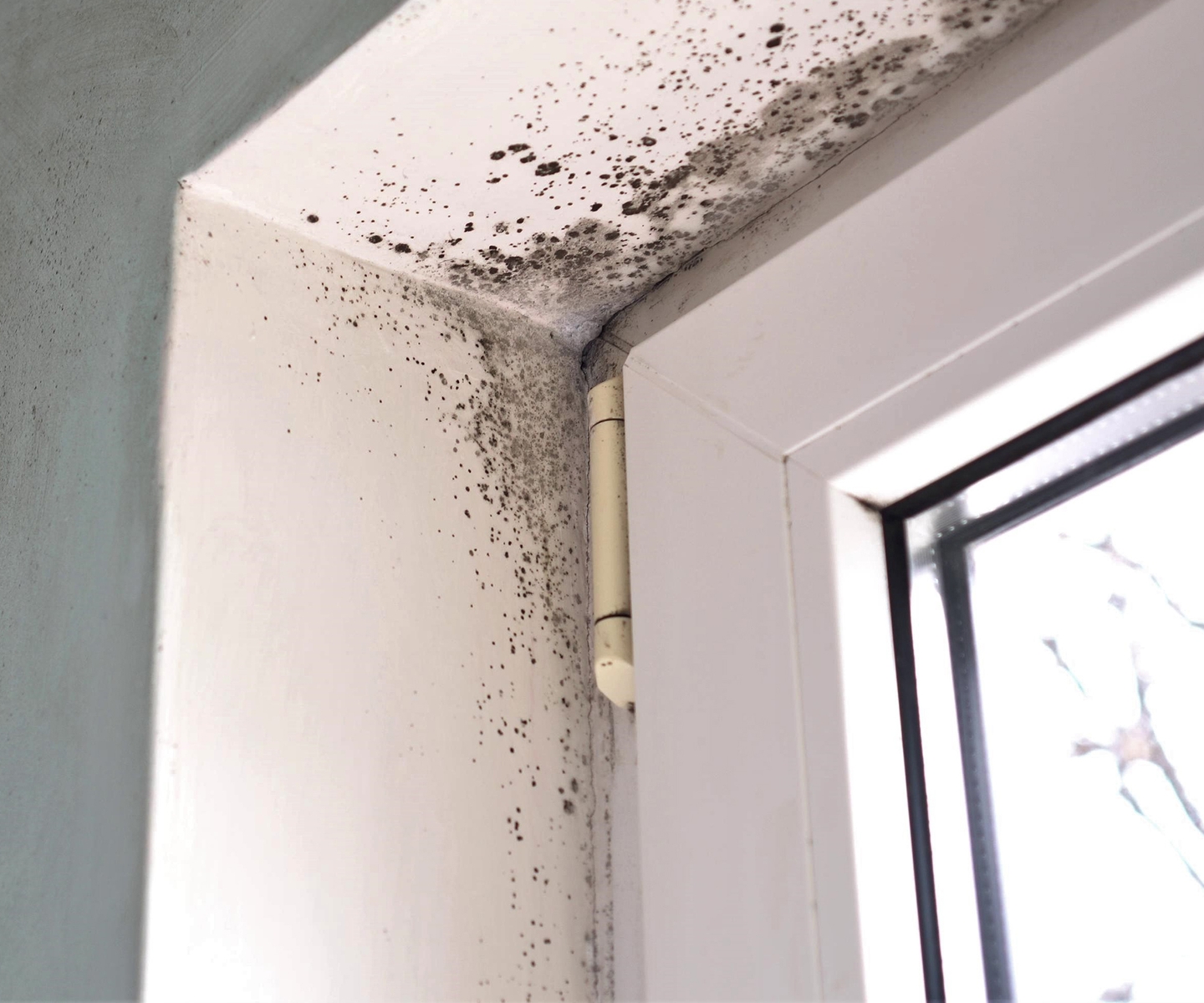Professional Tips for Post Mold And Mildew Remediation Success
In the world of mold and mildew remediation, effectively eliminating mold is only half the battle; the real difficulty lies in preventing its reappearance. By sticking to experienced ideas and ideal techniques, people can guard their spaces versus mold rebirth and maintain a healthy interior atmosphere.
Display Moisture Degrees On A Regular Basis
After finishing mold remediation procedures, preserving optimal moisture degrees is essential to avoid mold re-growth and ensure a healthy interior setting. High humidity levels above 60% create a conducive atmosphere for mold to grow, making routine checking a proactive procedure to stop any future mold problems.
Additionally, establishing a routine schedule for moisture checks, especially in risky locations such as bathrooms, basements, and kitchen areas, is a positive technique to mold and mildew prevention. By consistently monitoring moisture levels, property proprietors can effectively reduce the danger of mold reoccurrence and keep a healthy and balanced interior setting post-remediation.
Conduct Thorough Inspections Post-Remediation
Complying with the conclusion of mold and mildew removal treatments, it is important to perform comprehensive assessments to validate the effectiveness of the removal procedure. These post-remediation examinations are important in ensuring that the mold concern has been effectively attended to which there is no recurrence or remaining mold development. Examinations need to be lugged out by certified specialists who have expertise in recognizing mold and mildew and analyzing indoor air quality.
During these evaluations, various techniques such as aesthetic evaluations, air sampling, and surface sampling may be utilized to extensively examine the remediated areas. Aesthetic assessments entail an in-depth examination of the facilities to look for any type of noticeable indicators of mold and mildew growth or water damages. Air sampling helps in establishing the air-borne mold spore levels, while surface sampling can identify mold and mildew bits on surface areas.
Implement Correct Ventilation Strategies
After guaranteeing the efficiency of the mold remediation procedure via comprehensive inspections, the following vital action is to concentrate on implementing appropriate ventilation methods. Adequate ventilation is essential in avoiding mold reoccurrence by controlling wetness levels and promoting air blood circulation.
Correct ventilation not just help in protecting against mold development however also adds to the general wellness and convenience of owners. By ensuring adequate air flow throughout the home, you can decrease the danger of mold and mildew regrowth and develop a much healthier living setting.

Usage Mold-Resistant Products for Services
To boost the long-term efficiency of mold and mildew removal efforts, including mold-resistant products for repair work is critical in reducing the threat of future mold growth. Mold-resistant products are developed to hold up against wetness and prevent mold development, making them an important choice for locations prone to wetness and moisture. When repairing areas influenced by mold and mildew, website here using products such as mold-resistant drywall, mold-resistant paints, and mold-resistant caulking can assist stop mold reappearance.
Mold-resistant drywall is an exceptional choice to conventional drywall in locations like washrooms and basements where wetness levels are higher. This kind of drywall has an unique finishing that stands up to mold and mildew growth also when exposed to damp problems. Furthermore, utilizing mold-resistant paints containing antimicrobial agents can better prevent mold and mildew development on wall surfaces and ceilings.
In locations where dampness is usual, such as bathrooms and kitchens, using mold-resistant caulking around sinks, home windows, and tubs can assist secure out water and avoid mold and mildew from taking hold in cracks and crevices. By spending in these mold-resistant materials during repair work post-remediation, you can considerably reduce the likelihood of future mold and mildew issues and keep a much healthier indoor setting.
Maintain Cleanliness and Address Water Issues
After mold and mildew remediation, it is important to preserve a tidy setting to avoid the regrowth of mold and mildew. Leakages, water invasion, or high humidity levels can produce the excellent reproduction ground for mold and mildew, so it is critical to fix any water-related issues promptly.
To keep tidiness, view publisher site take into consideration utilizing HEPA filters in vacuum cleaners and air cleansers to catch mold spores and stop their blood circulation airborne. Making sure appropriate air flow in locations vulnerable to moisture accumulation, such as restrooms and kitchens, can aid keep moisture levels in check. By remaining vigilant regarding cleanliness and addressing water issues quickly, you can effectively avoid mold reinfestation and maintain a healthy interior atmosphere.
Conclusion

In the realm of mold and mildew remediation, effectively eradicating mold and mildew is only half the fight; the true challenge lies in avoiding its reappearance. After finishing mold and mildew remediation procedures, preserving optimum humidity levels is important to avoid mold re-growth and make sure a healthy and balanced interior environment. High humidity degrees above 60% create a favorable setting for mold and mildew to prosper, making routine checking an aggressive procedure to stop any type of future mold and mildew concerns.
To improve the long-term efficiency of mold remediation efforts, including mold-resistant products for repair services is important in mitigating the risk of future mold and mildew growth. After mold and mildew removal, it is crucial to keep a tidy environment to stop the regrowth of mold.
Comments on “Crafting a Thorough Post Mold Remediation Report”